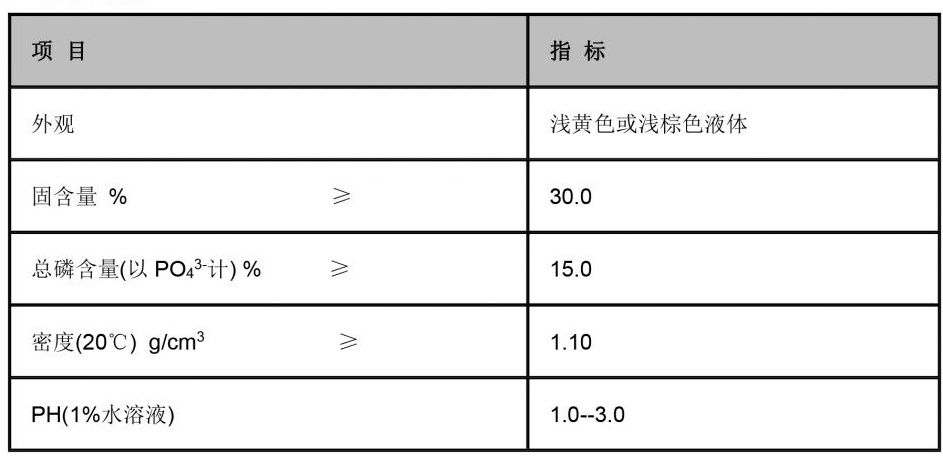Effective Flocculation Chemicals for Optimal Water Treatment Solutions
The Role of Flocculation Chemicals in Water Treatment
Water treatment is an essential process that ensures the safety and quality of water supplied to communities. Among the various stages of water treatment, flocculation plays a crucial role in removing suspended particles and impurities. This process involves the addition of flocculation chemicals, which aggregate smaller particles into larger clusters, or flocs, that can then be easily removed from the water. This article delves into the importance of flocculation chemicals, their types, mechanisms, and significance in modern water treatment facilities.
Understanding Flocculation
Flocculation is a physical-chemical process that facilitates the removal of suspended solids from water. It typically follows coagulation, the initial step where coagulants are added to destabilize the fine particles, allowing them to aggregate. During flocculation, gentle stirring promotes the formation of larger aggregates (flocs) through the collision and binding of smaller particles. Once formed, these flocs can settle to the bottom of a treatment container or be filtered out.
Types of Flocculation Chemicals
Flocculation chemicals can be categorized into several groups based on their chemical composition and mechanism of action
1. Polyelectrolytes These synthetic organic polymers are commonly used as flocculants in water treatment. They help in the bridging of particles, leading to the formation of larger flocs. Polyelectrolytes can be cationic, anionic, or non-ionic, depending on their charge. Cationic polyelectrolytes are often employed for treating wastewater containing negatively charged particles.
2. Natural coagulants Derived from plant or animal sources, natural coagulants like Moringa oleifera seeds possess inherent properties that aid in the flocculation process. They are an eco-friendly alternative to synthetic agents and can effectively reduce sedimentation time while improving overall water quality.
3. Alum and ferric salts These inorganic compounds have been traditionally used in water treatment systems. Alum (aluminum sulfate) and ferric chloride are well-known coagulants, and when used in combination with flocculants, they enhance the formation of larger flocs, facilitating easier removal.
4. Polymeric flocculants These are specially designed formulations that can alter their performance based on the characteristics of the water being treated. They are often used in combination with coagulants to optimize the treatment process in different water conditions.
water treatment flocculation chemicals

Mechanism of Action
The effectiveness of flocculation chemicals lies in their ability to induce changes in particle behavior. When flocculation chemicals are added to water, they neutralize the charges on the surface of suspended particles. This neutralization reduces the electrostatic repulsion between particles, enabling them to come together and form larger aggregates. The size of the flocs can be further increased through gentle mixing or stirring, enhancing their ability to settle efficiently during subsequent processes, such as sedimentation or filtration.
Significance in Water Treatment
Flocculation chemicals are vital for ensuring that water treatment processes are efficient and cost-effective. Their use leads to several benefits
1. Improved water quality The primary advantage of using flocculation chemicals is the significant reduction of turbidity and suspended solids in water. This results in clearer and cleaner water that meets regulatory standards for drinking water.
2. Enhanced removal of pathogens By aggregating particles, flocculation can also aid in the removal of microorganisms and pathogens, providing an additional layer of safety and quality assurance.
3. Reduced chemical usage When flocculation chemicals are utilized effectively, they can minimize the overall dosage of coagulants required, leading to reduced operating costs for water treatment plants.
4. Environmental sustainability With the increasing focus on sustainable practices, the use of natural coagulants represents an eco-friendly approach to water treatment. They often have lower environmental impacts compared to synthetic alternatives.
Conclusion
Flocculation chemicals play an integral role in the water treatment process, significantly enhancing the removal of suspended solids and improving overall water quality. As the demand for clean and safe drinking water continues to rise, understanding and utilizing effective flocculation techniques will be crucial for water treatment facilities worldwide. Innovations in flocculation chemistry and practices will not only contribute to better water management but also promote sustainability and environmental health in our communities.
-
Pbtc Scale InhibitorPBTC: A Scale Protector for Industrial Water TreatmentNewsAug.05,2025
-
Organic Phosphonate: An Efficient Defender in the Field of Scale InhibitionNewsAug.05,2025
-
Hydrolyzed Polymaleic Anhydride: Green Pioneer in Scale Inhibition FieldNewsAug.05,2025
-
PAPEMP Polyamino Polyether Methylene Phosphonic Acid For SaleNewsAug.05,2025
-
Flocculant Water Treatment: A Pioneer in Purification in the Field of Water TreatmentNewsAug.05,2025
-
Benzyl Isothiazolinone: An Efficient and Broad-Spectrum Antibacterial Protective GuardNewsAug.05,2025





